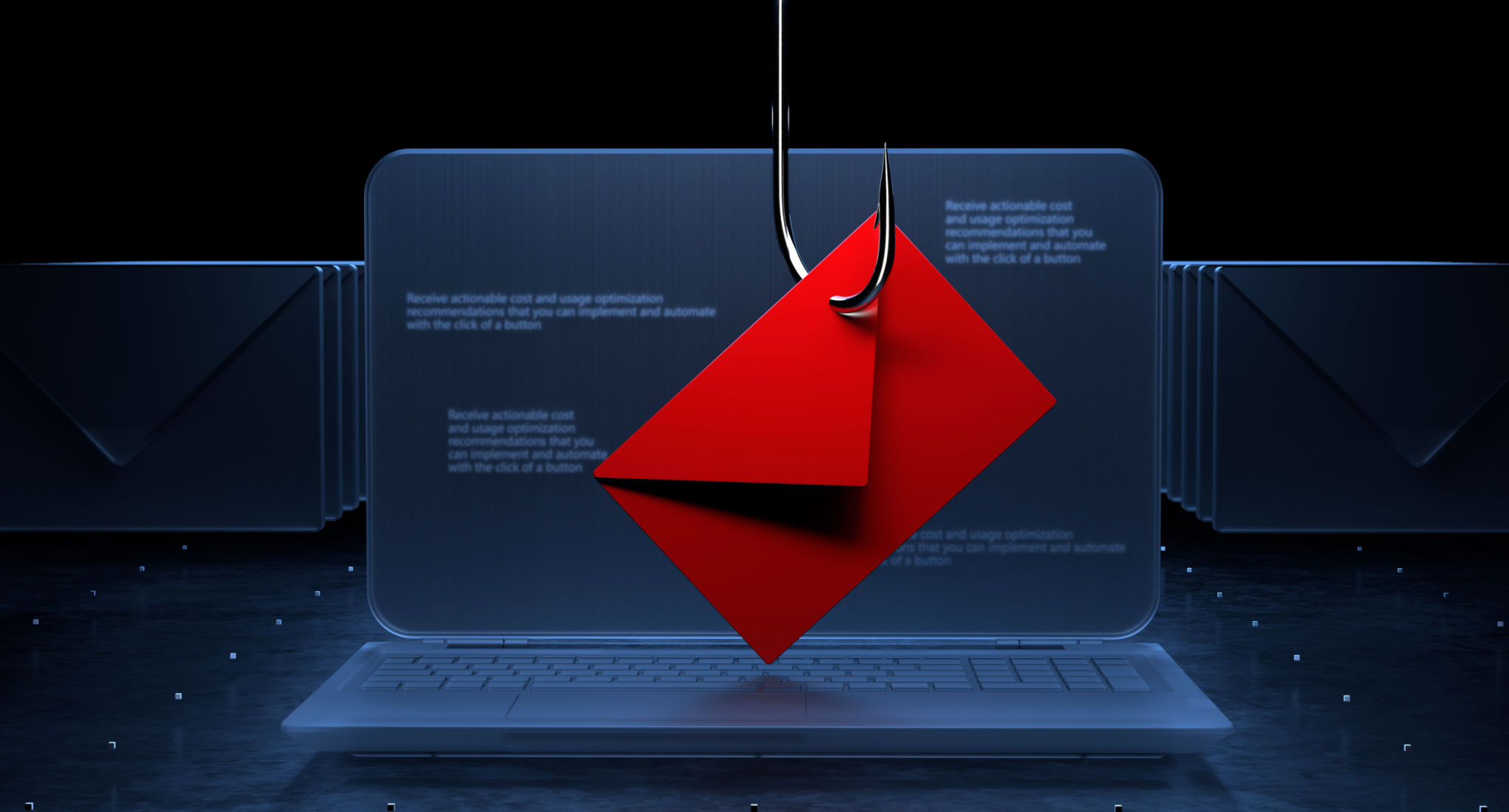DMARC, SPF, and DKIM: Best Practices for Secure Email Sending
Understanding Email Authentication Protocols
Email security is crucial in today's digital landscape, where phishing and spoofing attacks are prevalent. Three key protocols—DMARC, SPF, and DKIM—play a significant role in securing email communications. By implementing these protocols, businesses can safeguard their email domains and protect their reputation.

What is DMARC?
DMARC, which stands for Domain-based Message Authentication, Reporting & Conformance, is an email authentication protocol that builds on SPF and DKIM. It allows domain owners to specify how unauthenticated emails should be handled, providing a mechanism for receiving feedback on email authentication issues. Implementing DMARC helps prevent unauthorized use of your domain in phishing scams.
DMARC Policy Options
DMARC offers three policy options:
- None: The default policy, which monitors emails and collects data without taking any action.
- Quarantine: Emails that fail authentication are sent to the spam or junk folder.
- Reject: Emails that fail authentication are completely blocked from delivery.
The Role of SPF
Sender Policy Framework (SPF) is an email validation protocol that specifies which IP addresses are authorized to send emails on behalf of a domain. By publishing an SPF record in your domain's DNS, you can reduce the risk of address spoofing. It is crucial to maintain an accurate SPF record to ensure legitimate emails are correctly authenticated.

Best Practices for SPF
To effectively use SPF:
- Keep your SPF record updated with all valid IP addresses.
- Use the "include" mechanism to authorize third-party senders.
- Limit DNS lookups to avoid exceeding limits and causing failures.
Understanding DKIM
DomainKeys Identified Mail (DKIM) is an email authentication method that allows an organization to take responsibility for a message in transit by signing it with a digital signature. This signature is verified by the recipient's mail server, ensuring the email's integrity and authenticity. Setting up DKIM involves generating a cryptographic key pair and publishing the public key in the DNS record.

Implementing DKIM
To implement DKIM effectively:
- Generate a secure DKIM key pair using a reputable tool.
- Publish the public key in your DNS as a TXT record.
- Configure your mail server to sign outgoing emails with the private key.
Integrating DMARC, SPF, and DKIM
While each protocol serves a distinct purpose, integrating DMARC, SPF, and DKIM provides comprehensive email protection. Together, they help verify the sender's identity, ensure message integrity, and prevent unauthorized use of your domain. Regularly monitoring reports generated by DMARC can help identify and address any issues with email authentication.
By adopting these best practices and staying vigilant, organizations can significantly enhance their email security posture, protecting both their brand and their customers from malicious activities.